Compatible Discs
The compatible discs for your Homestar Planetarium
Imagine seeing the sky from a different angle. The dream comes true with the additional discs for the Sega Toys Homestar. The colourful discs let you travel to different places in the universe without leaving your home. Prepare your next astronomical trip to Down-Under, look at the earth or moon during day or night or even approach the Andromeda Galaxy. All this and much more is possible with the numerous additional discs.
Available are two double packs and in our shop 17 additional discs in one set.
29.00 USD
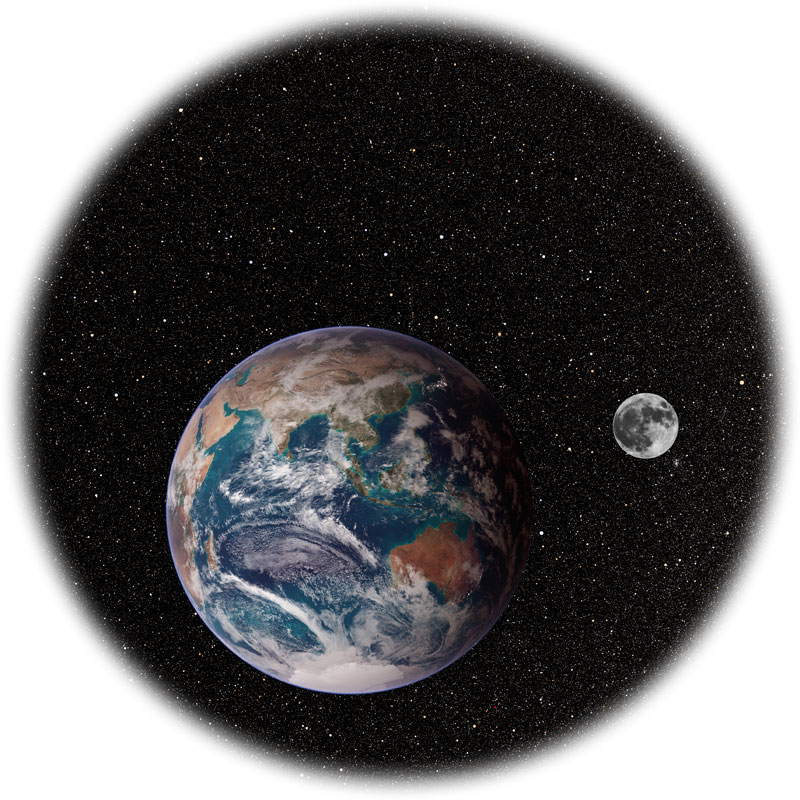
Features
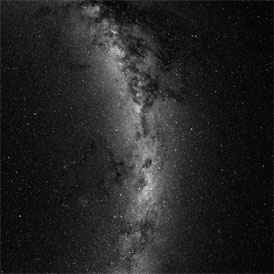
The southern hemisphere is as beautiful as the northern hemisphere. Find out what penguins are seeing for no less than six months of the year.
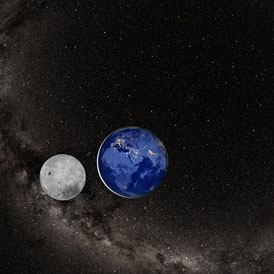
Ever thought of leaving Earth's gravity field and look at the blue marble at night? Or how about checking out the far side of the Moon?
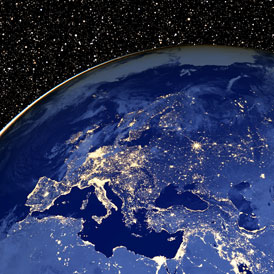
Even when far away and in complete darkness, mankind remains visible. Explore the city nights of Europe and the Middle East.
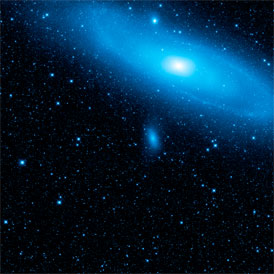
The Andromeda Galaxy is a spiral galaxy which can be found approximately 2.5 million light-years from Earth.
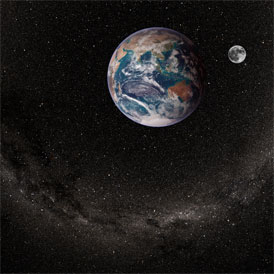
Imagine floating in space and take a further look at the blue marble above the Indian Ocean and the good old bright full moon in the back.
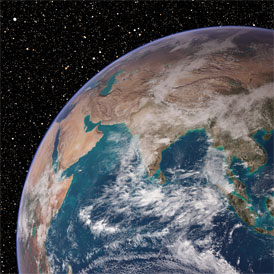
The high resolution shows the Middle East, India and Southeast Asia during daytime as well as Japan and Australia at sunset.
“Space Travels brings Benefits for Humanity”
This is what Alexander Gerst told media shortly after returning from the ISS in November 2014. You might never be given the opportunity to visit space. But with the new discs you are given the chance to bring the beauty of outer space to your home.
The additional discs have been made using data from a series of different missions of the National Aeronautics and Space Administration (NASA), the National Oceanic and Atmospheric Administration (NOAA) and the United States Naval Observatory (USNO).
Data from no less than 100 000 000 objects in the sky has been recoded in more than 150 000 exposures in Arizona, US and Chile. Over 4.1 TB raw data has been processed for the generation of the night sky images used in the discs.
The blue marble's depth of detail originates from data of a total of six missions over a time of an entire decade. Separate images and measurements of NASA and NOAA missions have been used for land, sea ice, oceans, clouds, city lights as well as topography. The images of the moon have been taken on board of Clementine 1. Over 43 000 images have been recorded filling over 88 CDs for a resolution of 100 m per pixel. The Andromeda Galaxy has been captured by NASA's Wide-field Infrared Survey Explorer (WISE), which has been launched in 2009 and orbit Earth 15 times per day 525 km above our home.
Southern Hemisphere
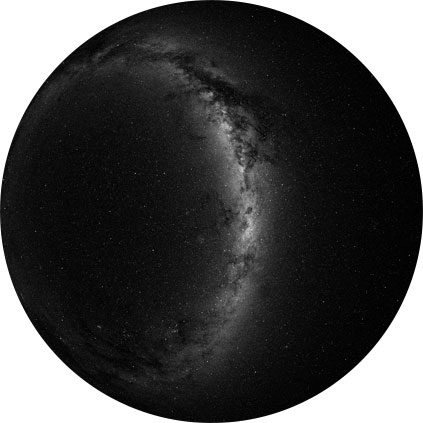
The southern hemisphere discs complements the included northern hemisphere disc and shows the sky as it can be seen from the southern hemisphere. The discs is designed for latitude around 35° south. This is a circle around the Earth which passes through the Australian capital Canberra, Auckland on the northern island of New Zealand, Cape Town and Buenos Aires. The sky includes the light of almost 15 000 000 stars.
Warped Andromeda
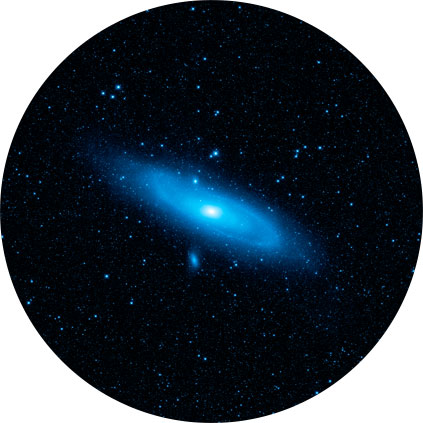
The Andromeda Galaxy is the nearest spiral galaxy to our Milky Way galaxy. It has first been mentioned in 964 as a “small cloud”. As the name suggests, the galaxy is in the Andromeda constellation. The present image comes from NASA's Wide-field Infrared Survey Explorer (WISE) and highlights the older stellar population in blue. On the upper left side of the galaxy, a pronounced warp in the disc can be seen. This is the result of a collision with another galaxy.
Day Earth and Moon
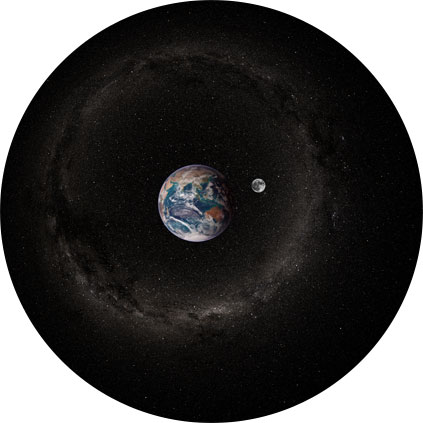
The disc shows Earth from above the Christmas and Cocos Islands, not far from Indonesia's capital Jakarta. A bright full moon is visible in the back. Sun, the viewer, Earth and the Moon are almost on one line. While the viewer is located about 700 000 km above the Earth towards the sun, the moon lies about 384 400 km in the opposite direction behind the Earth. This constellation is very rare and might have occurred for example on 1 March 2002. In a perfect alignment, Earth's shadow would be visible on the Moon, which is known as a lunar eclipse. On the discs, Earth and Moon have been magnified fifty times in order to make details visible to the human eye.
Night Earth and Moon
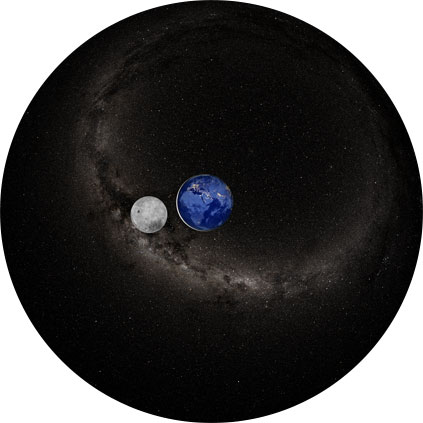
The disc shows Earth from above the Red Sea between Eritrea and Yemen. The full moon is visible in front and from the far side, which is not illuminated by the sun. The viewer, Moon, Earth and the Sun are almost on one line. While the viewer is located about 700 000 km above the Earth away from the sun, the moon lies about 384 400 km in between the viewer and Earth. The constellation might have occurred on 9 November 2011. In comparison with the days discs, the moon is only about a third as far, making it much bigger on the night disc. On the discs, Earth and Moon have been magnified fifty times in order to make details visible to the human eye.
Technology that lets you dream
Imagine you can watch the night sky with all its stars and beauty while you are sitting at home on your couch. Sega Toys Homestar high definition planetariums make this…
 more
more
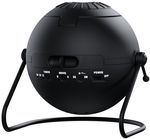
Homestar Flux
Flux is the most powerful and most advanced home planetarium to date. 5-Watt LED, glass optical lenses, high definition and…
229.00 USD
more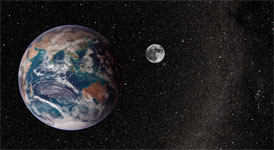
Compatible Discs
Bring earth back to your home! The compatible discs make your Homestar Original project earth, moon and Andromeda onto your ceiling.
29.00 USD
more